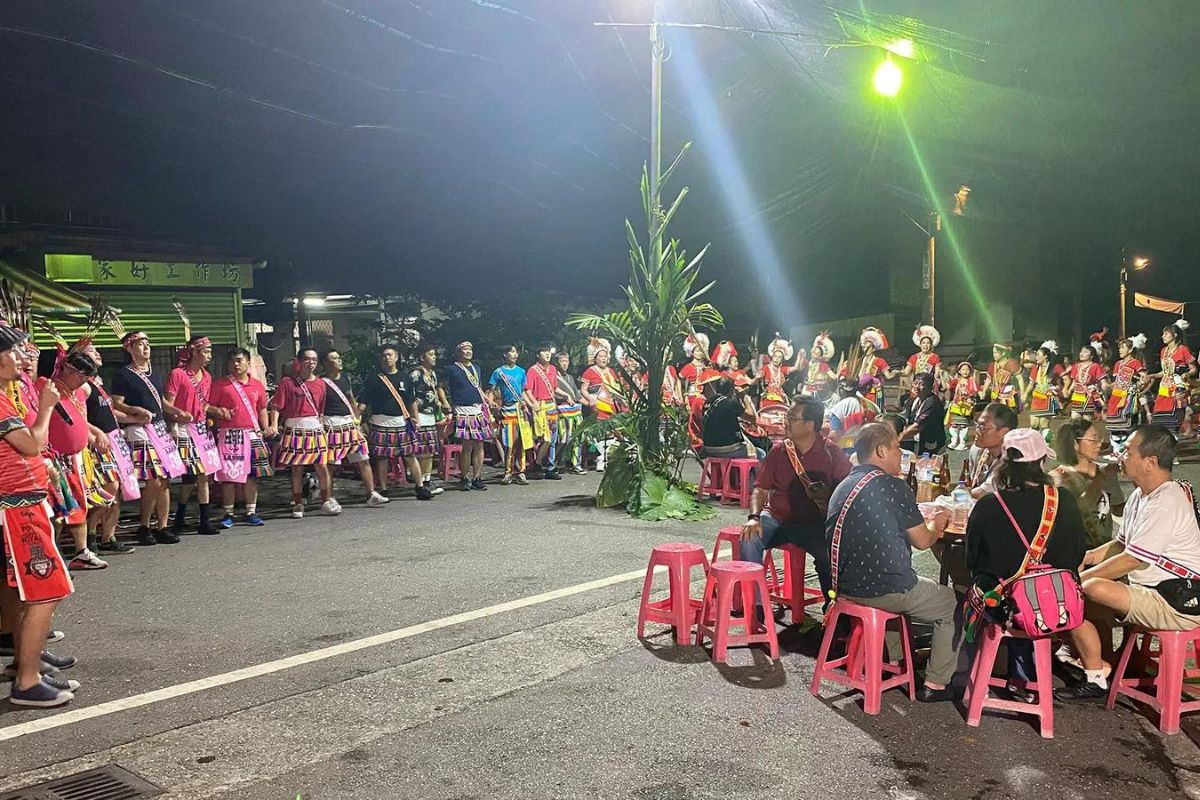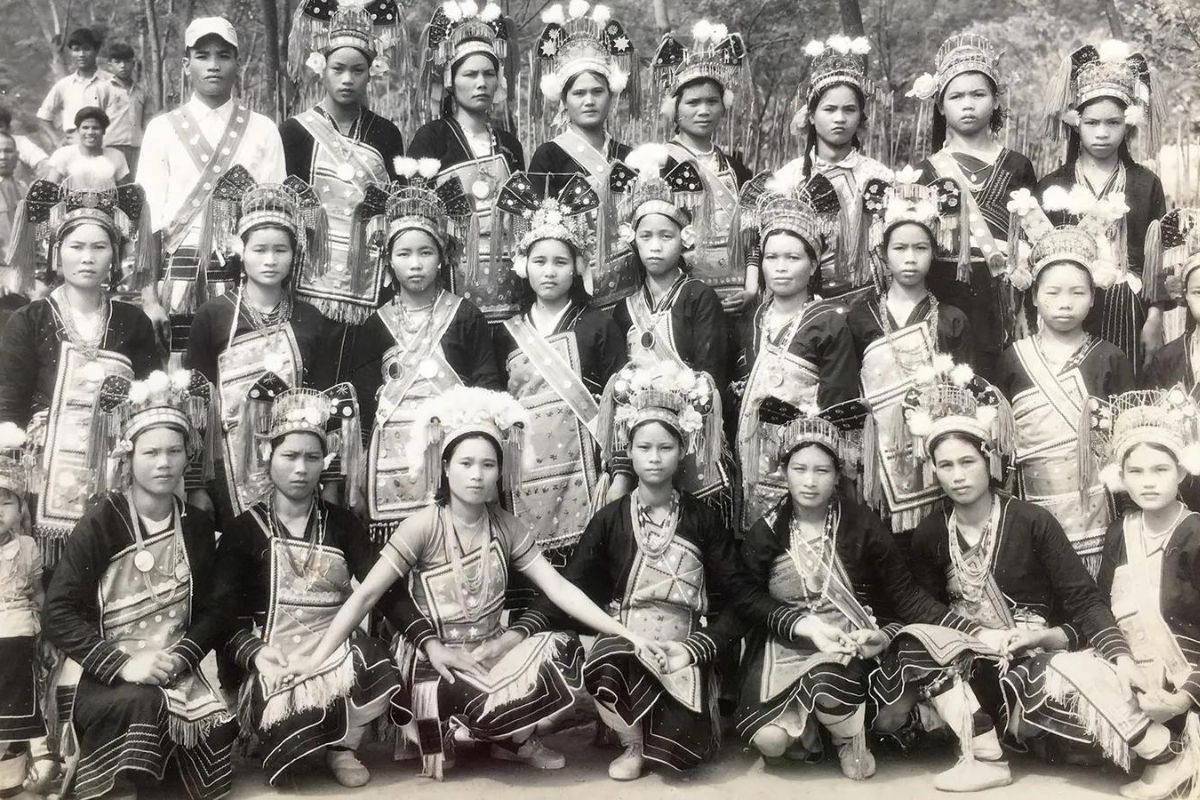The island’s inhabitants create an excellent show. This indigenous race makes up about 2.38% of Taiwan’s population. The festivals play a big part in trying to pass down their culture.
Thus, there are about 50 different people holding hands. It is in a small square on the eastern side of Taiwan. Moreover, there is also a chief in a red coat and a red hat. There are also a lot of older men and jackets. However, there are also younger men in feathered clothes and vibrant skirts. Next, women are wearing nice plastic beads.
The line is now a circle that moves about the square as the dancers hold their hands together. They danced one foot forward and then stepped backward with the other foot. The man next to the chief sang a strong chant. There was a long line of performers who responded to every phrase. Thus, there is a combined effect with a nice repeated rhythm. The movement comes with yells and shrieks that go on for an hour. It can transfix the audience.
Thus, the indigenous people of Taiwan are different from the Chinese Han population. They are from the Austronesian group from Taiwan. Most of them migrated to Southeast Asia and Polynesia. These people are great seafarers who created great navigation technologies. It lets them travel to many different places. They are the most prominent language group across the globe.

Indigenous Taiwanese People Still Exist
As of today, Indigenous Taiwanese are about 2.38% of a total of 23 million people. There is also an Amis group of 2,000 people. These races inhabited Taiwan for nearly 6,000 years. After that, colonial powers came in and ruled for four centuries. The Dutch, Spanish, Qing Dynasty, Japanese, and Chinese Republics came in.
During the 20th century, assimilation policies destroyed the culture. It starts with the Japanese and ends with the KMT Party. However, Chiang Kai-shek ruled Taiwan. It starts in the China Republic and goes all the way to Taiwan. After that, he was kicked out by Mao Zedong.

For other indigenous adults, it might create a lot of shame and embarrassment. Thus, they do not use their traditional language in public. They relate to the word ‘barbarian’. It only became legal for people on their identity cards in 1995. Most of these people still have their Chinese names.
A Lot of Indigenous Festivals
Every April and May, the young men of the Bunun tribe will hunt boar and deer. They take the ears of the hunted game and use them as target practice. One of the more significant celebrations is in Yongkang village. Outsiders get to watch the ceremony. It is also easy to find because you can hear the songs a few kilometers away.
The Yami and Tao race celebrates the flying fish’s arrival at a Flying Fish Festival. It is on Orchid Island, away from Taiwan’s southeastern coast, in January and June. Thus, tourists take part as long as they can avoid the taboos. It does not include catching and eating various types of flying fish. People who break these rules will receive a curse.
However, these harvest festivals and other rituals survived cultural assimilation. Therefore, it is crucial to preserve these traditions. Most of them are from the Pangcah culture. The ceremonies, weddings, and funerals are all held.

Before the 20th century, the Pangcah society was matriarchal. Property is sent down from the female line. Married couples lived with the women’s family. Someone states, “The husband who can change the wife’s living condition is an honor.” However, the Japanese and Han’s governments did all of this. However, it still makes the festival more significant. “The celebrations are important to tribal people, and the cultural values are weaker.”
In the square, the festival is coming to a stop. Young men and women are walking from place to place. They bang big staffs created from bamboo. Thus, these people announced that other annual festivals are coming up. Making a show, the people marched out of the square and disappeared into the darkness.
